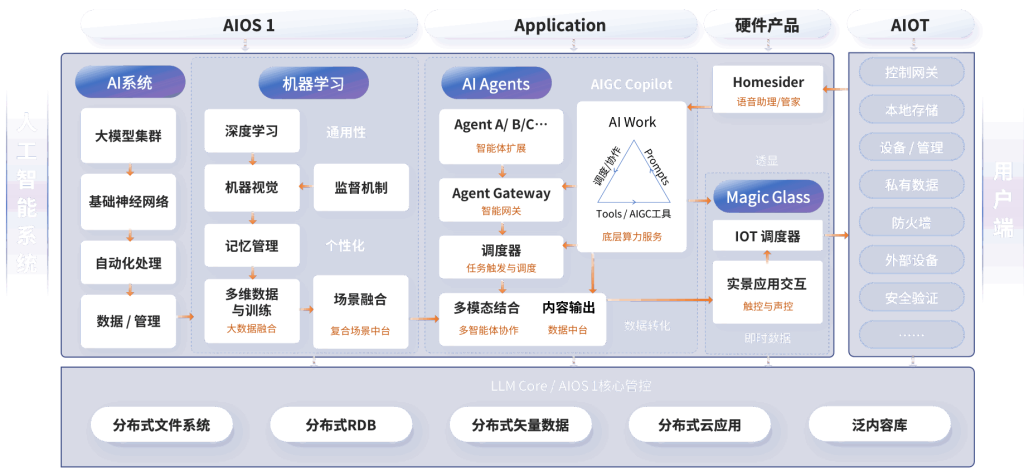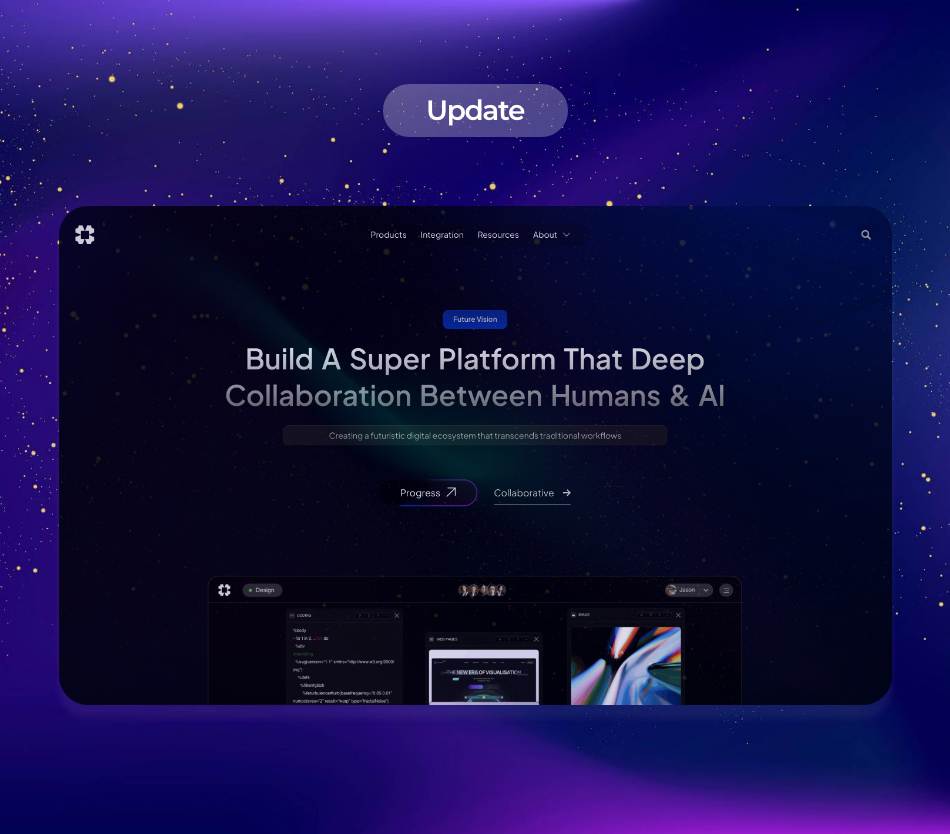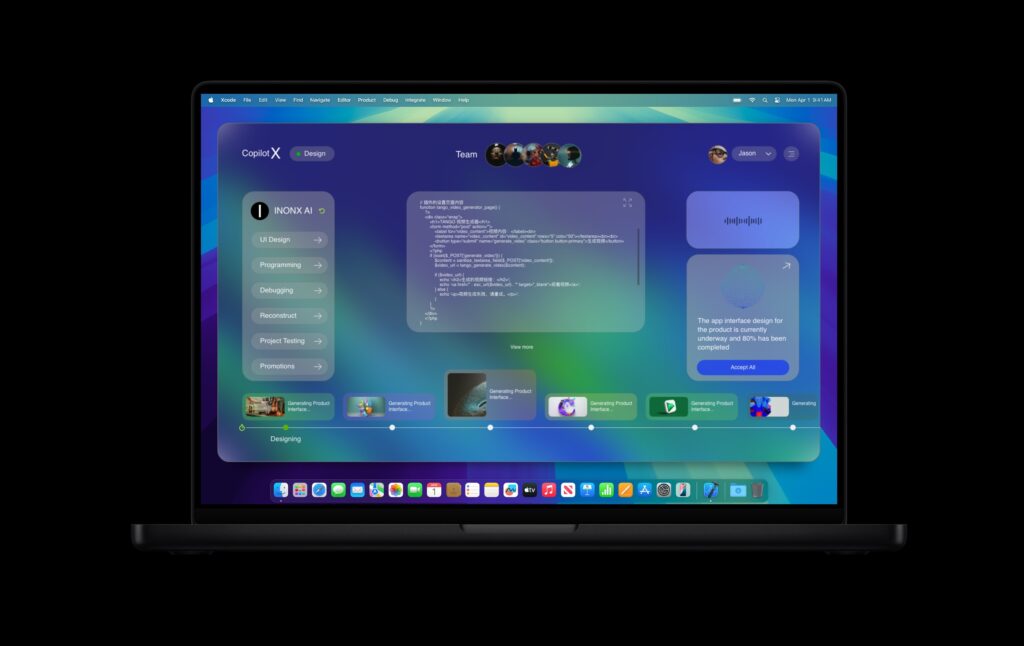In recent years, artificial intelligence (AI) has dramatically transformed the landscape of work across various industries. With the advent of AI automation, AI agents, and sophisticated workflows, organizations are witnessing unprecedented efficiency, productivity, and innovation. This article will delve into the various facets of AI technologies such as Auto-Works platforms, AI voice assistants, AI operating systems (AIOS), large language models, and multimodal AI agents. We will also explore their definitions, developments, applications, industry-specific use cases, and future trends.
## Defining Key Concepts
AI automation refers to using AI technologies to streamline repetitive tasks, minimize human intervention, and enhance productivity. This broad term encompasses various technologies, including machine learning, natural language processing, and robotics that facilitate tasks ranging from data entry to complex decision-making.
AI agents, a subset of AI automation, are software programs designed to perform tasks autonomously or semi-autonomously. These agents can take various forms, from chatbots that handle customer inquiries to advanced systems that manage logistics and supply chains. Agentic workflows refer to the structured processes that these agents follow to accomplish tasks.
Full work automation takes this concept further by enabling entire workflows to be executed without direct human input. Auto-Works platforms offer organizations the tools they need to deploy these automated systems effectively. These platforms support the integration of various AI tools, making it easier for businesses to adopt and implement automation.
### AI Voice Assistants and AI Operating Systems (AIOS)
AI voice assistants like Amazon’s Alexa, Apple’s Siri, and Google Assistant have revolutionized how we interact with technology. These tools employ natural language processing to engage users in conversation and assist them in completing tasks, enhancing user experience and accessibility.
AI operating systems (AIOS) have emerged to streamline the development and deployment of AI applications. One prominent example includes Microsoft’s Azure AI, which provides businesses with a suite of tools to harness AI technologies efficiently. These systems are crucial for managing large datasets, training machine learning models, and deploying intelligent solutions.
### Large Models and Multimodal AI-Agents
Large language models, such as OpenAI’s GPT-3, have set the stage for unprecedented natural language understanding and generation. These models leverage vast datasets to provide intelligent responses, making them far more effective than traditional systems. Their applications span everything from customer service to content creation and programming assistance.
Multimodal AI agents operate across different types of data—including text, voice, and images—enhancing their ability to interact with complex real-world scenarios. These agents can analyze emotional cues, understand context, and function seamlessly across various media formats, enriching user interaction.
## Current Developments and Trends
The advancement of AI technologies has sparked a wave of innovation across industries. Companies are increasingly investing in these tools to enhance productivity and stay competitive. As of 2023, organizations are focusing on the following development trends:
1. **Emotion Detection and Cognitive Load**: Emotion detection technology is becoming a critical component of AI systems. By analyzing emotional responses, companies can tailor user experiences more effectively. Cognitive load assessment helps organizations understand and mitigate employee stress levels, ensuring that AI systems are designed considering human factors.
2. **Cross-Validation Techniques**: In machine learning, cross-validation techniques play a vital role in ensuring model accuracy and robustness. As AI models become more complex, employing these techniques helps organizations avoid overfitting and guarantees that their AI systems will perform well in real-world scenarios.
3. **Integration and Interoperability**: The ability to integrate various AI tools and platforms is a significant trend. Businesses are looking for seamless solutions that allow different systems to communicate and collaborate effectively. This interoperability is critical for creating cohesive workflows and maximizing the value of automation.
### Industry-Specific Use Cases
AI automation and agentic workflows are transforming multiple sectors:
– **Healthcare**: AI agents are being used to streamline patient interactions, manage administrative tasks, and assist in diagnostics by analyzing medical data. Chatbots, for instance, can handle patient inquiries, allowing healthcare professionals to focus on high-value tasks.
– **Retail**: AI voice assistants enhance customer experience by providing shopping assistance, while automated inventory management systems ensure that stock levels are optimized based on predictive analysis.
– **Finance**: Financial institutions are leveraging AI for fraud detection, risk assessment, and customer relationship management. AI agents can analyze large volumes of transactions and customer data, enabling organizations to make informed decisions quickly.
– **Manufacturing**: In this sector, AI agents facilitate predictive maintenance by analyzing machinery data to foresee issues before they occur, thereby maximizing production efficiency and reducing downtime.
## Value Proposition of AI Automation
Organizations are learning that integrating AI automation provides a multitude of benefits. Firstly, it drives cost savings by minimizing human errors and augmenting productivity. Employees can focus on higher-order tasks while AI tools take care of repetitive processes, leading to job enrichment and satisfaction.
Moreover, AI automation promotes accuracy and speed. Tasks that would typically take hours can now be completed in minutes, and the insights generated are often far more precise due to the analytical prowess of AI.
Lastly, AI technologies enable businesses to innovate continuously. As AI evolves, so do the opportunities for new products and services, allowing companies to stay ahead in competitive markets.
## Future Developments
The future of AI automation and agentic workflows looks promising. Innovations in AI will likely create more sophisticated agents capable of understanding context and emotional nuances, enabling a better user experience.
We can expect advancements in multimodal AI agents, which will enhance their ability to process and understand complex datasets more effectively, further bridging the gap between human interaction and technology. As organizations increasingly adopt AI-based solutions, ethical considerations regarding data usage, privacy, and AI bias will necessitate robust regulatory frameworks to ensure that these technologies are used responsibly.
## Conclusion
AI automation, AI agents, and agentic workflows are not merely trends; they represent a fundamental shift in how organizations operate. From streamlining processes to enhancing user experiences, these technologies are reshaping industries and setting the stage for a future where human creativity and AI collaboration will drive unprecedented innovation.
As businesses continue to adapt and integrate these advanced systems, the pathways to maximizing their potential will unfold. Understanding the evolving landscape of AI automation will be crucial for organizations aiming to maintain a competitive edge in the coming years. By embracing these transformations, we can look forward to a more efficient, insightful, and innovative work environment.

























